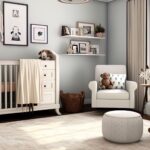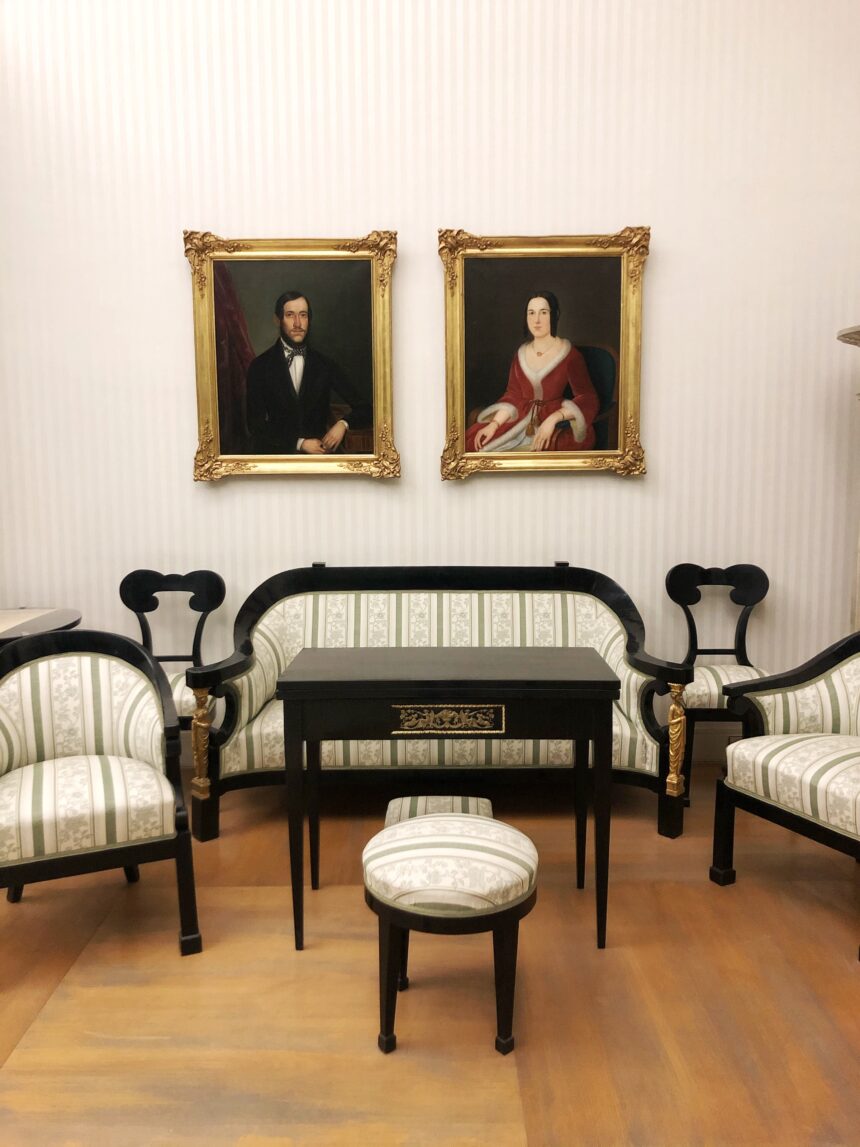Step into a Victorian living room, and you’re instantly transported to a world of opulent comfort and meticulous detail. Rich fabrics drape over plush armchairs, ornate carvings dance across mahogany side tables, and sunlight filters through stained glass windows, casting a kaleidoscope of colors onto polished wood floors. This is the realm of Victorian living room furniture, a style that evokes grandeur, sophistication, and a touch of whimsy.
But what exactly is Victorian living room furniture?
More than just a collection of pieces, it’s an aesthetic that blossomed during the reign of Queen Victoria (1837-1901) in Britain. It was a time of immense social and technological change, reflected in the furniture’s blend of traditional craftsmanship with innovative techniques and materials. Think deep, jewel-toned upholstery, intricate wood carvings inspired by nature and Gothic motifs, and a touch of the exotic, thanks to the British Empire’s global reach.
Now, let’s delve into the treasure trove of Victorian living room furniture types:
Sofas and armchairs:
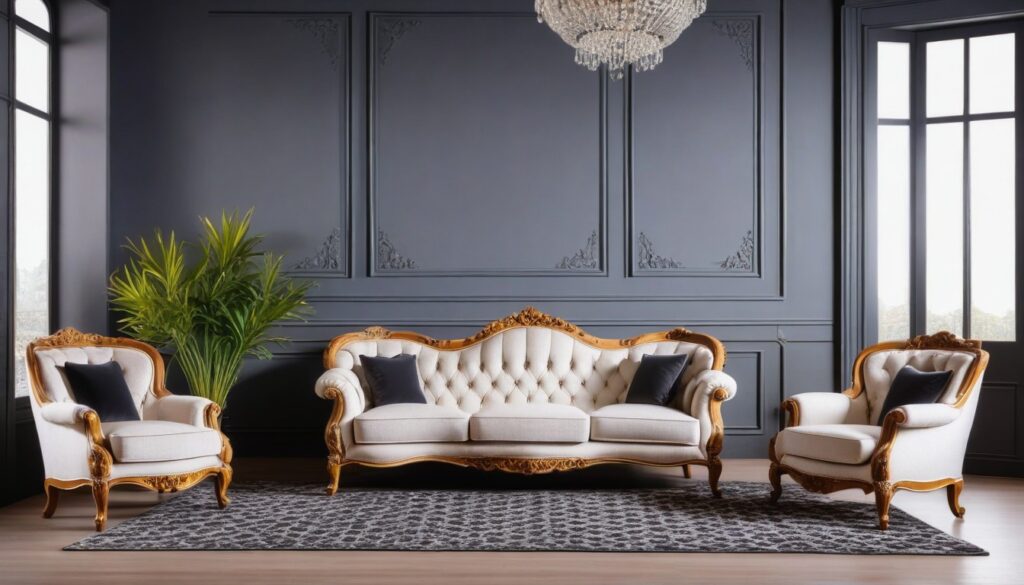
The undisputed kings of the Victorian living room were upholstered in plush velvet, damask, or horsehair, often adorned with intricate tufting, fringes, and tassels. They were designed for both comfort and display, with high backs, rolled arms, and sometimes, even sprung seats for added luxury.
Side tables and consoles:
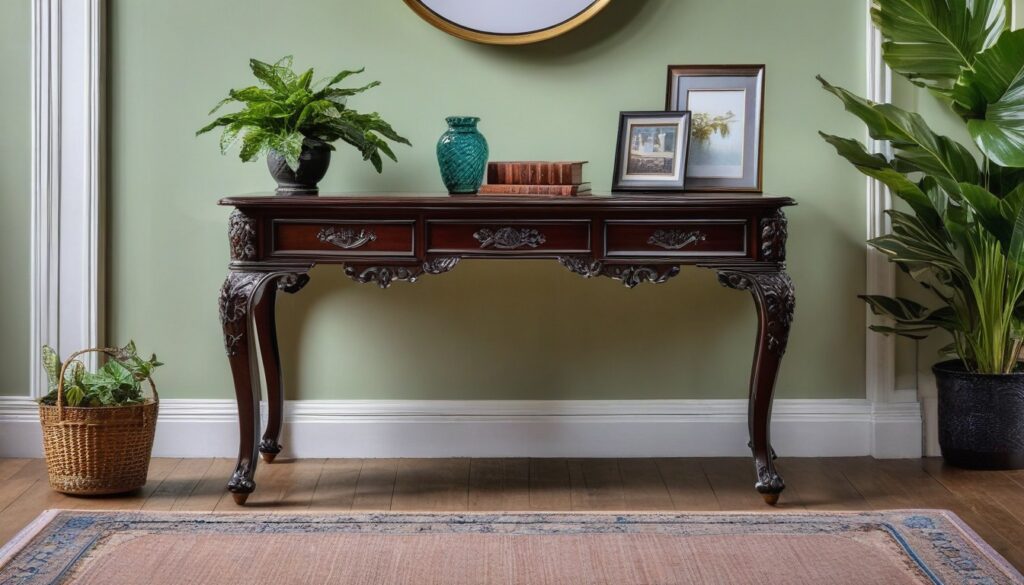
These versatile pieces served as platforms for lamps, vases, and decorative trinkets. Crafted from mahogany, rosewood, or walnut, they often featured intricate marquetry, carved legs, and gleaming brass hardware.
Coffee tables:

Though not as ubiquitous as today, Victorian coffee tables were often round or oval with elaborately turned legs and a heavy base. They served as the centerpiece for conversation and showcased prized possessions like books or family portraits.
Bookcases and cabinets:
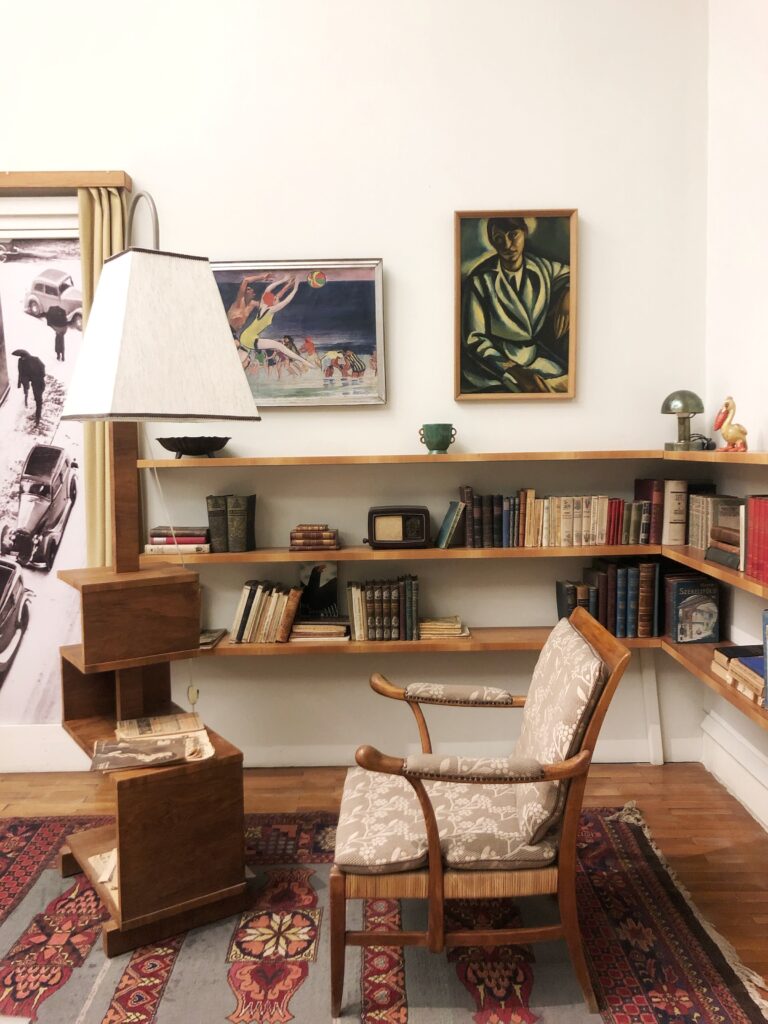
Victorians loved their books, and these towering pieces housed their literary treasures. They were grand affairs, reaching from floor to ceiling, with glass doors, adjustable shelves, and intricate moldings. Some even incorporated hidden compartments for storing valuables.
Fireplace surrounds:
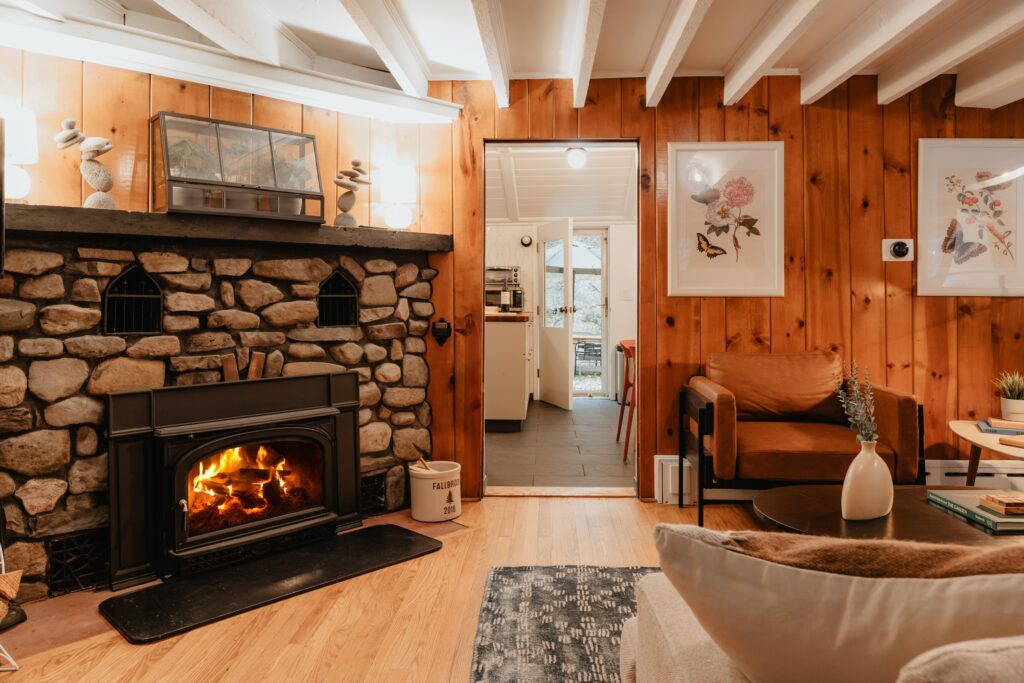
The heart of the Victorian home, the fireplace was often adorned with a grand surround made of carved marble, cast iron, or even ceramic tiles. These ornate frames not only housed the fire but also served as a focal point for the room, often incorporating mirrors, shelves, and even clocks.
But how do you choose Victorian living room furniture that’s right for you?
- Consider the scale: Victorian furniture was often grand, so ensure it fits the proportions of your living room without overwhelming the space. Measure your space carefully and choose pieces that complement its size.
- Think about the era: Within the Victorian period, there were different stylistic sub-periods, from the early Gothic Revival to the later Arts and Crafts movement. Choose pieces that reflect the specific era you’re drawn to, whether it’s the dark drama of the early years or the more subdued elegance of the later period.
- Mix and match: Don’t be afraid to mix different types of Victorian furniture to create a unique and personal space. Pair a Chesterfield sofa with a chinoiserie side table or a carved oak bookcase with a velvet armchair.
- Embrace the details: The beauty of Victorian furniture lies in the details. Look for pieces with intricate carvings, beautiful hardware, and rich fabrics. These details are what truly bring the era to life.
Now, let’s talk about caring for your Victorian treasures:
- Regular dusting and cleaning: Use a soft, damp cloth to remove dust from wood and upholstery. For carvings, a soft brush can help reach into intricate nooks.
- Protect from sunlight: Direct sunlight can fade fabrics and damage wood, so position furniture away from windows or invest in UV-protective curtains.
- Proper humidity levels: Victorian furniture thrives in a stable environment with moderate humidity levels. Invest in a humidifier if necessary to prevent wood from cracking or drying out.
- Professional restoration: For antique pieces with significant damage, consider consulting a professional furniture restorer. They can help preserve your investment and ensure your Victorian treasures last for generations.
In conclusion, Victorian living room furniture is not just about aesthetics; it’s about creating a space that reflects your personality and appreciation for history. By understanding the types, choosing wisely, and caring for them properly, you can transform your living room into a haven of timeless elegance and comfort. So, go ahead, embrace the Victorian spirit, and let your home tell a story of grandeur and sophistication.
Victorian Living Room Furniture FAQs:
Intrigued by the opulence of Victorian living room furniture but have some lingering questions? Fear not, intrepid explorer of the past! Here’s a treasure trove of FAQs to illuminate your journey:
1. How affordable is Victorian living room furniture?
The cost can vary greatly depending on factors like age, condition, rarity, and material. You can find antique pieces ranging from budget-friendly to museum-worthy investments. Alternatively, reproductions offer a more accessible option, while DIY enthusiasts can even try their hand at restoration projects.
2. Is Victorian furniture comfortable?
While some pieces prioritize grandeur over practicality, many Victorian sofas and armchairs were surprisingly comfortable. Look for features like sprung seats, adjustable headrests, and plush upholstery for ultimate relaxation.
3. How can I incorporate Victorian furniture into a modern home?
The key is balance! Mix Victorian pieces with modern accents like clean-lined furniture, contemporary artwork, and minimalist accessories. Choose neutral wall colors and avoid cluttering the space to let the Victorian furniture shine.
4. Where can I find Victorian living room furniture?
Antique stores, online marketplaces, auctions, and estate sales are treasure troves for finding genuine Victorian pieces. For reproductions, check out furniture retailers specializing in period styles. Remember to research before buying to ensure authenticity and good condition.
5. Can I update Victorian furniture without compromising its value?
Minor touch-ups like reupholstering worn fabric or polishing wood are generally acceptable. However, major alterations like repainting or modifying the structure can significantly decrease the value. Consult a professional restorer for guidance on preserving the historical integrity of your pieces.
6. What are some common mistakes to avoid when buying Victorian furniture?
Beware of reproductions marketed as antiques, overpaying for damaged pieces, and choosing furniture that overwhelms your space. Always research, compare prices, and measure carefully before making a purchase.
7. How can I learn more about Victorian furniture styles and periods?
Museums, historic homes, and libraries offer excellent resources. Books, online articles, and documentaries can also provide valuable insights. Don’t hesitate to consult experts at antique stores or restoration shops for their knowledge and recommendations.
8. Where can I find inspiration for decorating a Victorian living room?
Period dramas, historical photographs, and design magazines often showcase stunning examples of Victorian interiors. Don’t be afraid to mix and match elements from different sub-periods to create a unique and personal space.




